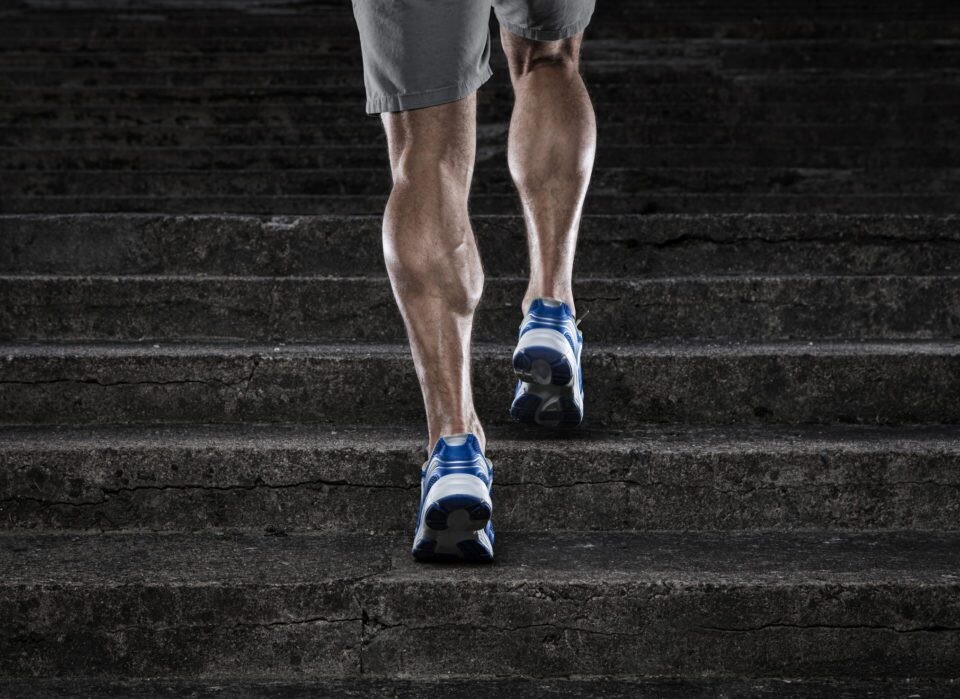Running News Daily
Running News Daily is edited by Bob Anderson. Send your news items to bob@mybestruns.com Advertising opportunities available. Train the Kenyan Way at KATA Kenya and Portugal owned and operated by Bob Anderson. Be sure to catch our movie A Long Run the movie KATA Running Camps and KATA Potato Farms - 31 now open in Kenya! https://kata.ke/
Index to Daily Posts · Sign Up For Updates · Run The World Feed
Why are you getting shin splints (and how to combat them)?
If you’ve ever dealt with shin splints (more properly known as medial tibial stress syndrome), you know how painful they can be. Shin pain is relatively common among runners, and it’s caused by overuse or excessive strain on the muscles and tendons in your lower legs. As with many overuse injuries, there are a number of approaches you can try, to relieve the pain.
Some common causes of shin pain are increasing the intensity of your training/workouts too quickly, running in worn out shoes, or, in some cases, it’s a running form issue. The injury is characterized by discomfort and tenderness along the front or inner part of the shin bone (tibia), which may make running (or, in severe cases, even walking) difficult.

Usually the pain will lessen or disappear if you either reduce your training intensity, change your worn-out shoes or start wearing knee-length compression socks (or all three). Here are some other tips you can try to combat your shin pain.
Rest and recover

It’s smart to allow your body time to rest and recover. This means taking a break from running and other high-impact activities to give your lower leg muscles and tendons time to heal. If you are worried about losing fitness, you could temporarily substitute cycling and elliptical workouts for running.
Apply ice and compression
Using ice on your shins slows the blood flow to the area, which helps decrease pain. If you are suffering from shin pain, ice your shins for 15 minutes at a time, three to four times a day. Many runners also find compression socks helpful while training.
Stretch and strengthen
Stretching and strengthening your lower leg muscles is the best way to prevent shin splints from recurring. Adding one or two lower-body strength training workouts into your training schedule each week will help strengthen and build muscles around your shin.
Find the right footwear
Unfortunately, your running shoes won’t last forever, and should be replaced every 300 to 800 kilometres, depending on your training load, gait and terrain.
If the shoes you’re running in are more than two years old, you likely need a new pair. Make sure you find something well-fitted that instantly feels comfortable right out of the box, so you know your new pair isn’t making your shin splints worse.
Login to leave a comment




